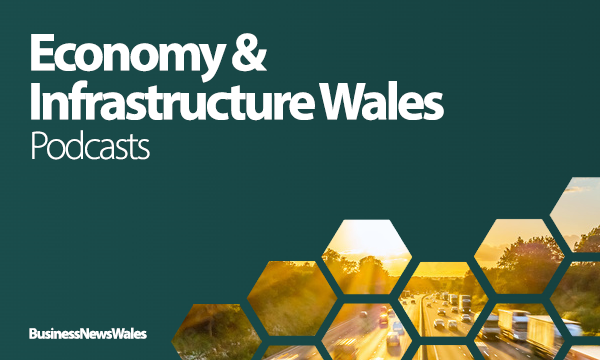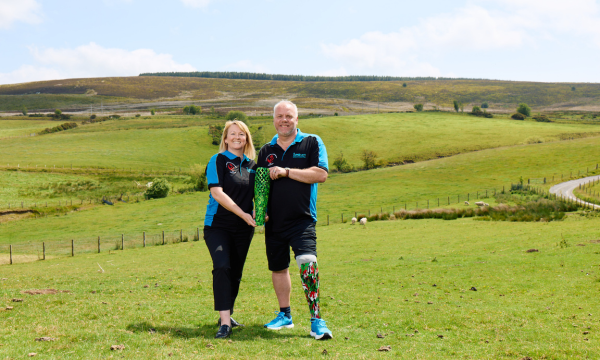Written by:
 James Williams
James Williams
Head of Media
______________________________________________________________________________________________________________________________
When I first applied to work for Transport for Wales over 5 years ago, there were two main factors that attracted me to the role and the organisation.
Back then, Transport for Wales had not been launched publicly and as expected, there was little known about them in the public sphere. However, they did have a simple website (that has now been totally transformed and rebuilt) and within those webpages were a set of very ambitious plans.
As I read through the plans, I can remember what stood out – ‘brand-new trains for Wales’ and building an ‘electrified Metro system in South Wales’. Wow! I was shocked and in disbelief, Wales would have brand-new trains and an electrified rail system! I’d never see this level of investment into our rail system within my lifetime and if delivered, the proposed plans would have such an impact on people’s lives.
Having previously worked on projects to help improve life and opportunity for people living in the south Wales valleys, I was acutely aware of the significance of connectivity and the need to integrate communities.
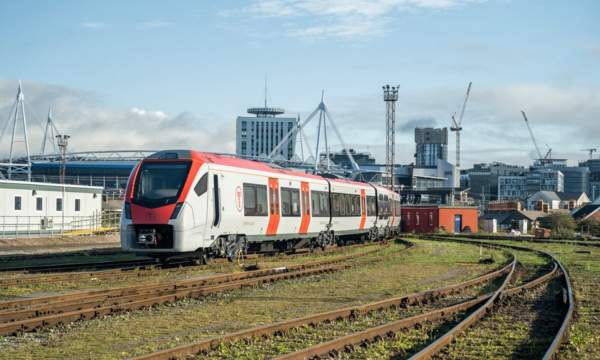
What were the two main factors that attracted me to TfW all those years ago?
The first was the level of ambition; £800 million investment into brand-new trains and three-quarters of a billion investment (it’s now £1 billion) into an electrified Metro system. Big targets, big figures and big or should I say tight timescales (completed delivery within a few years).
The second factor was related to impact or purpose. Through delivery of this ambitious project, I could see the direct impact it would make to people’s lives within Wales. There were social, economic and environmental benefits, but to keep it simple – everyday lives for everyday people would be improved and in communities that were at times, left a bit behind.
Most of us (I think) seem to strive for some purpose in our work life, it’s inspiring and satisfying to know that the work that we do will help with some wider purpose or something bigger than ourselves.
Those early TfW proposals offered a chance for me to find a sense of purpose within work – to help deliver something that will improve the lives of people from communities within Wales, communities in which I was part of.
It was an exciting story that needed to be told.
Successful within my job application, the real work began.
Launching a completely new brand (Transport for Wales) but using an old and worn-out product (the actual rail service in 2018) was challenging and testing, to say the least. Can you imagine Apple launching their brand-new iPhone with all the latest features, but then actually providing customers with a Nokia 32 (snake included). This is what we were up against and to a certain extent still are.
People expected improvements and change overnight, which was obviously impossible. We didn’t have a new shiny product to sell (yet) but we did have a vision and luckily for us, we also had investment from the Welsh Government and the European Union.
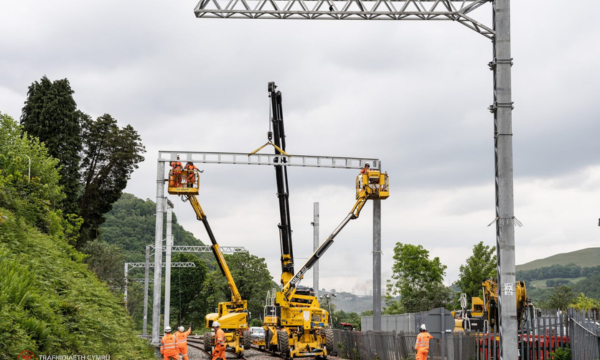
I look back at those early days of TfW with a level of nostalgia as the organisation was young, still raw and willing to lay down the gauntlet for change. Understandably, we were (and still are) faced with criticism about our rail services and our major solution was to point to something that was coming many years into the future.
When Mrs Jones had her train cancelled and she’d been late for work, the last thing she needed to hear about was electrified trains that were coming in a few years’ time.
I get it. We all do at TfW. Most of our staff are not only employees, but also rail customers themselves, including our CEO James Price.
But change doesn’t happen overnight, especially the level of change we were proposing and implementing. Brand-new trains need to be built, tested, delivered for further testing on the routes where they’ll run, driver training programmes completed and as always there’ll be obstacles along the way (in our case a global pandemic and war in Ukraine).
Building the South Wales Metro is a billion-pound project that includes electrifying 170 km of track, upgrading all stations and signalling and where needed building new stations. On the Treherbert line (part of the South Wales Metro) we’ve very recently upgraded rail infrastructure that is a100 years old – we’ve replaced a ‘token exchange system’ with modern 21st century signalling. This is complex work and we’re doing it while keeping the rail network open as much as we can.
Anyone driving along the A470 near Taff’s Well will see our new Metro Depot, it can’t be missed as it’s now fully branded. A £100 million maintenance depot for the new tram-train fleet; 36 will be stabled here (some are there now) and over 400 train crew staff. Also, the Integrated Control Centre, responsible for the new electrification and signalling equipment (the ‘brain’ of the Metro if you like) is built and has been controlling certain parts of the network for a year.
So, although change doesn’t happen overnight, we can now confidently say that for the South Wales Metro, lots of change has already happened and will continue to happen at a pace throughout 2024 – and that’s why Wales should be starting to get excited!
If it were a six nations game, we’re about midway through the second half, we’ve had one or two injuries and a few stitches (but that’s expected), we’re winning by a few points and we’re working very hard to taste victory – which we feel we deserve. We also know how much victory means to the people of Wales.
Much work has been done, but we also recognise that from a customer perspective, the delivery of the final quarter of the project will bring the greatest results. We’re keeping the best until last and we’re now starting to move into that distinctive chapter.
It’s also worth highlighting, that in global terms for a major infrastructure project, we’re working quickly and progressing at pace. As Professor Mark Barry (Professor of Practice in Connectivity at Cardiff University)recently put it, to go from “Metro heresy” in “2011” and be “operating a Metro in 2025 is remarkably quick”.
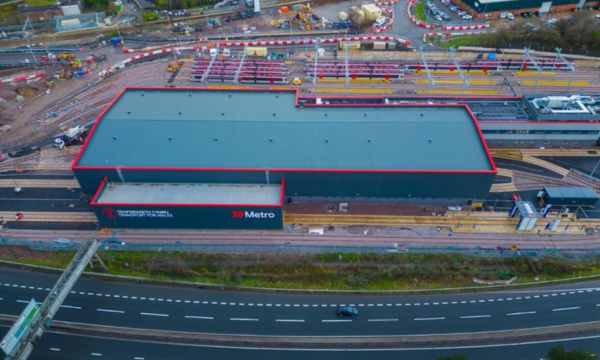
When discussing the South Wales Metro there’s a slight obsession to define it with a definite start and end date. At times, I think that people imagine that there will be an exact date, the flicking of a switch and there’ll be electrification across South Wales and all the new trains will be running – just like that. The reality is much different, delivery of the South Wales Metro is phased or in different stages and it’s already started.
In March last year, we introduced brand-new Class 231 Fast Light Intercity and Regional Trains (FLIRTs) on the Rhymney Valley line offering increased capacity with more and improved seating, modern air conditioning, power sockets and passenger information screens. This is all part of the South Wales Metro project, and these trains were the first brand-new Metro trains available for customers to use.
They’re a hit with customers and they’ve been a success, and as we continue to add more Metro vehicles, customers will really start to feel the transformation we’ve been promising.
When we talk about electrification – we’ve already energised over 60,000 metres of Overhead Line Equipment and the railway line between Aberdare to Pontypridd and Merthyr Tydfil to Abercynon is electrified.
At the end of this month, we’ll reopen the Treherbert line, that’s been closed since April for huge infrastructure transformation works. Services will initially resume with our older trains, but in our phased approach, we’ll introduce new trains in the summer – again all part of the South Wales Metro.
Throughout this year we’ll continue to see phased progressive milestones bringing continuous benefits to our customers.
Last week, I gave a presentation on the South Wales Metro to communication professionals from the rail industry across the UK. Similarly to myself all those years ago, they were impressed by the ambition of the project – of brand-new trains and electrification. But what impressed them more, was something I didn’t have back in 2018 – it was the story and evidence of how all that ambition was being brought to life.
TfW has and is continuing to deliver on what it promised for the South Wales Metro, the changes are now very visual, and Wales should be excited for the next stages of transformation as these will have the biggest positive impact on customers.









